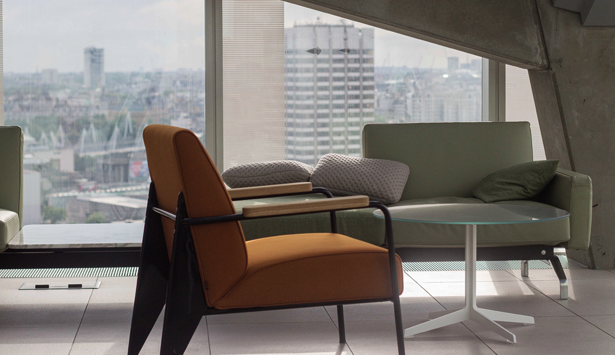There’s profit to be made from renovation. The question is, should you sell or rent your property renovation?

When renovating a property, you’ve got some choices to make. The most important one of them all is: Do I sell or rent my renovated property?
While the ultimate goal is to make a profit, there are benefits and burdens for each depending on your individual situation. So, here are some tips on how to determine which is the best strategy for you.
1. BUY, RENOVATE, AND SELL
The buy, renovate and sell strategy is also called “flipping.” This is ideal for people without much money or capital to fall back on, and generally appeals more to renovators who are new to the game. It has the potential to generate quick profits, which can help fund the next project.
But if you’re planning to use this strategy, buying at the right price is imperative. If you purchase a property in-line with, or above, market value when sentiment is also low, there’s a good chance your additional expenditure won’t be covered and the project might be a lemon. Do your due diligence and learn about the project before you write any cheques.
Rapid Renovation Expert Naomi Findlay explains, “If you’re just starting out on your property journey and you have less than $300,000 in equity behind you, then you really should be a ‘buy, renovate and sell’ renovator until you have reached that point”.
“On my first few renovation projects, I had to sell. I made a profit margin on each of those projects and didn’t spend one cent of it. I simply tipped it over into the next project and repeated until I built up some wealth.”

2. BUY, RENOVATE, AND RENT
The second strategy of buy, renovate and rent is arguably the most lucrative one for renovators. However, it requires financial stability leading into it. This strategy has some distinguishable benefits straight off the bat such as no agent commission, no selling or marketing costs and no capital gains tax until much further down the track when you sell.
Moreover, we’re a nation with an enormous rental shortage in many locations. When you put your property up for lease, there will be a very competitive market hungry to rent it. A rental premium will also usually be on offer because tenants often want to live in a nice and clean environment – which is what you’ll be offering having recently transformed it.
The renovation itself will also be different. The goal for any renovation on prospective rental properties must be strategically designed to maximise rental yield. This means making it more live-able for the tenant, more appealing for walk-throughs and more practical. Put yourself in the shoes of a tenant and make your renovations based on what you’d want to see during an open house inspection.

Nothing is impossible, but you’re more likely to succeed as a buy, renovate and rent investor if you’ve built up some cash flow and equity behind you before beginning.
“Again, this strategy is usually only achievable once you’ve built up enough cash and equity behind you. My advice is to use the ‘flipping’ strategy for your first few projects and then switch to the rental strategy once you’re in a comfortable enough position to do so,” Findlay says.
Making a clear-cut decision at the start of your project is fundamental as you’re able to make adjustments to the property accordingly and not waste time and money on things that don’t need addressing. Most importantly, you won’t find yourself falling into any debt vortexes, mortgage traps or, worse still, overcapitalisation territory.
The Website Renovation Library | The Website Renovation Video Hub

